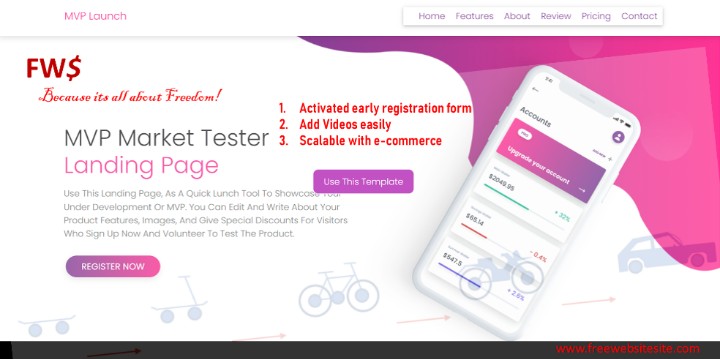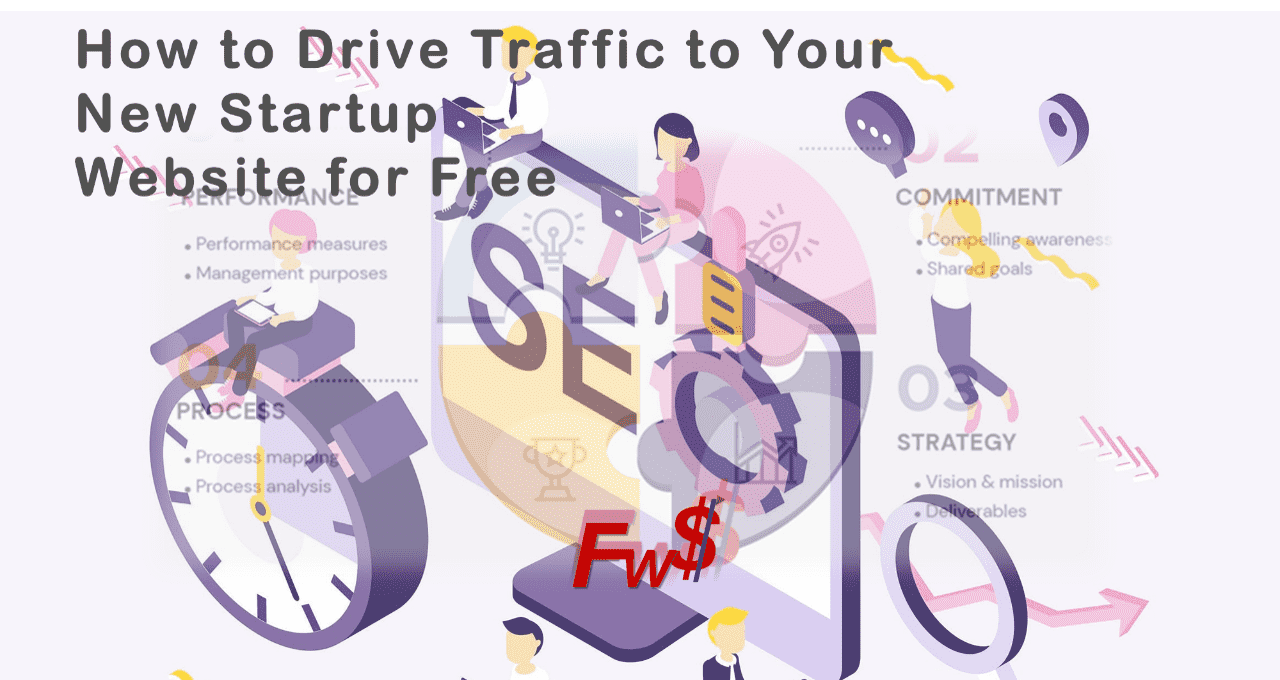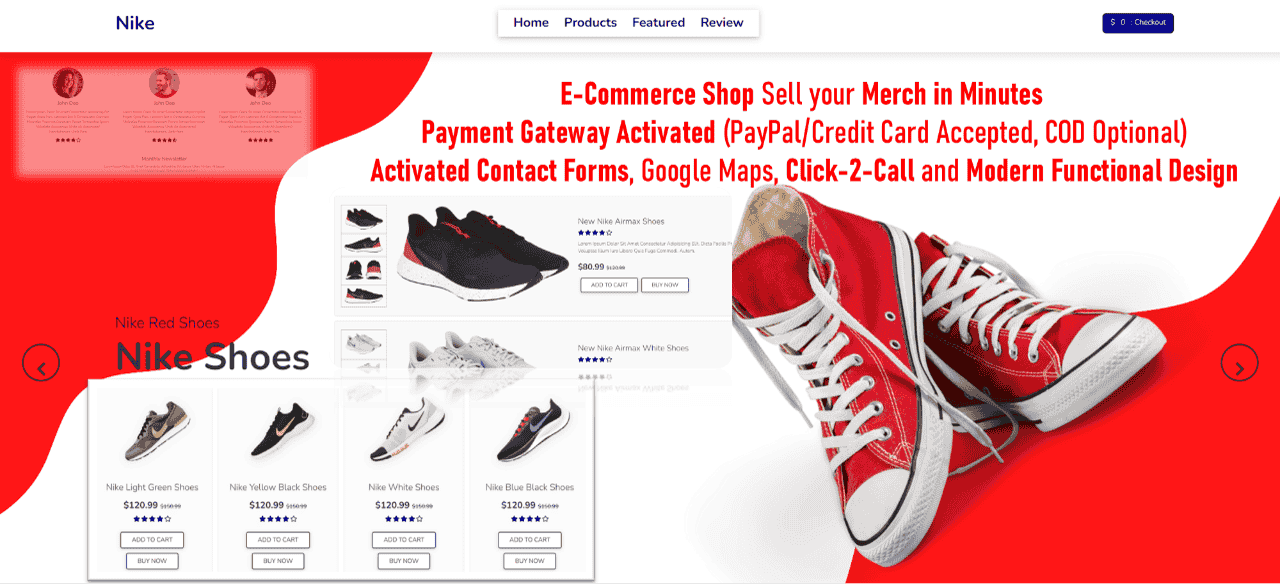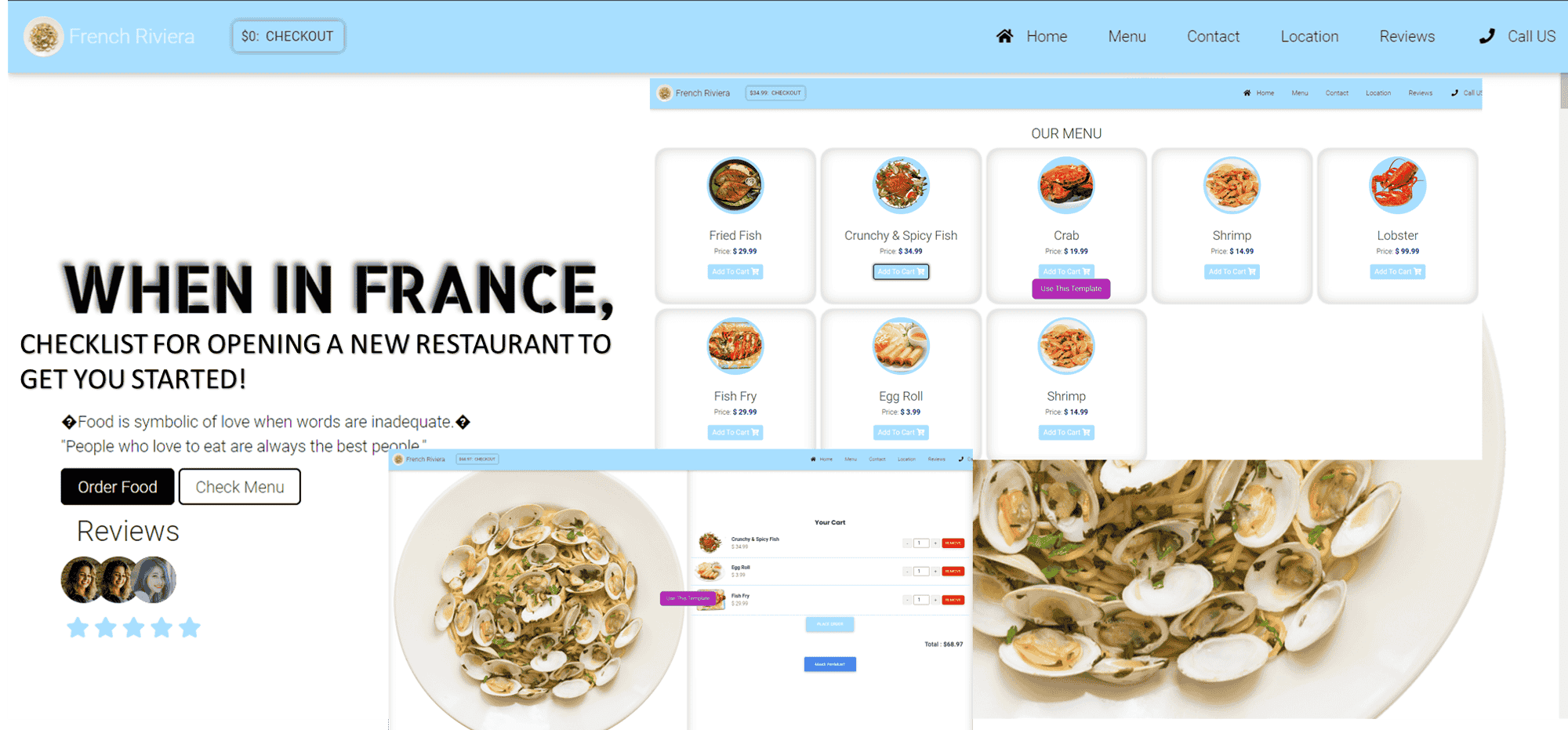Which industries and businesses grew under Trump administration before and are set to do so again with renewed policies in 2025

During the Trump administration (2017-2021), various business sectors thrived due to deregulation, tax cuts, trade policies, and economic priorities set by the administration. Here’s a breakdown of industries that performed well, along with examples and reasons, skip to list of business types likely to benefit from renewed Trump administration policies in 2025:
1. Energy Sector (Especially Oil, Gas, and Coal)
- Examples: ExxonMobil, Chevron, and coal companies like Murray Energy.
- Reasons: Trump’s administration rolled back many environmental regulations, like the Clean Power Plan, and opened up more federal lands for energy exploration. The energy sector also benefited from the U.S. exit from the Paris Climate Agreement, which reduced pressure on fossil fuel industries.
2. Financial Services and Banking
- Examples: JPMorgan Chase, Goldman Sachs, and smaller community banks.
- Reasons: The rollback of Dodd-Frank regulations made it easier for banks to lend and operate with fewer restrictions, encouraging growth in lending and investment activities. Tax cuts also boosted profits and stock performance for financial institutions.
3. Construction and Infrastructure
- Examples: Caterpillar, Vulcan Materials, and infrastructure firms like Fluor Corporation.
- Reasons: The administration emphasized infrastructure development and proposed significant investment in American infrastructure, even though larger spending bills faced delays. Deregulation in areas like environmental permitting accelerated certain construction projects.
4. Manufacturing and Heavy Industry
- Examples: U.S. Steel, Nucor Corporation, and General Electric.
- Reasons: Trade tariffs on imported steel and aluminum aimed to protect American manufacturing from foreign competition, leading to a short-term boom for domestic producers. The administration’s push for deregulation in this sector also benefited manufacturers by lowering compliance costs.
5. Defense and Aerospace
- Examples: Lockheed Martin, Boeing, Raytheon, and Northrop Grumman.
- Reasons: Defense spending increased significantly under the Trump administration, driving up contracts and revenue for military contractors. The commitment to modernize U.S. military forces directly benefited the defense industry.
6. Technology Companies (Particularly Domestic Focused)
- Examples: Microsoft, Intel, and smaller tech firms.
- Reasons: Tax cuts allowed tech companies to repatriate overseas funds at a lower tax rate, leading to reinvestment and stock buybacks. Although larger tech companies faced scrutiny on monopolistic practices, many smaller tech firms benefited from increased business and consumer spending.
7. Pharmaceuticals and Biotechnology
- Examples: Pfizer, Gilead Sciences, and smaller biotech firms.
- Reasons: While drug pricing remained a political topic, pharmaceutical companies benefited from tax reforms, deregulation, and the administration’s push for faster drug approvals through the FDA. COVID-19 relief funding for vaccine development also significantly boosted these companies.
8. Real Estate and Property Development
- Examples: REITs like Simon Property Group, and developers like Trump Organization.
- Reasons: Tax cuts incentivized investment in real estate, and the Qualified Opportunity Zones initiative offered significant tax incentives to investors developing in underserved areas. Low interest rates also encouraged property investment and growth in commercial real estate.
9. Automotive
- Examples: General Motors, Ford, and Tesla.
- Reasons: The administration rolled back Obama-era fuel efficiency standards, reducing regulatory pressures on automakers. Trade negotiations aimed to protect domestic automakers by revisiting terms in the U.S.-Mexico-Canada Agreement (USMCA), benefiting American automotive companies.
10. Retail (Especially Discount and E-commerce)
- Examples: Walmart, Amazon, and Home Depot.
- Reasons: A strong economy pre-COVID encouraged consumer spending. Tax cuts provided more disposable income for many Americans, and the growth of online shopping surged during the pandemic, benefitting e-commerce platforms and big-box retailers.
Each of these sectors benefited from a combination of tax cuts, deregulation, trade adjustments, and an emphasis on American industry and defense, which aligned with the administration’s “America First” policy focus. While performance varied by company, these industries generally saw positive growth during this period.
Related Templates
Here's a list of business types likely to benefit from renewed Trump administration policies in 2025, with new startup ideas aligned to each sector and the unique advantages of using freewebsitesite.com for launching a business in these fields:
1. Manufacturing and Production
- Startup Ideas: 3D printing facilities, eco-friendly product manufacturing, custom machinery production
- freewebsitesite.com Benefits: Its image editor is ideal for showcasing product visuals directly from mobile uploads, helping manufacturing startups keep product catalogs up-to-date easily.
2. Energy (Oil, Gas, and Renewables)
- Startup Ideas: Solar panel installation services, electric vehicle (EV) charging station setups, oil & gas consulting
- freewebsitesite.com Benefits: Users can quickly update images or service descriptions for equipment directly from mobile devices, saving time in fast-paced energy sectors.
3. Healthcare and Pharmaceuticals
- Startup Ideas: Telemedicine platforms, pharmaceutical delivery services, health data analytics startups
- freewebsitesite.com Benefits: The site’s point-of-sale integration allows telemedicine or health startups to manage online bookings and payment processing, all in one place.
4. Agriculture and Agribusiness
- Startup Ideas: Precision farming tools, organic product distribution, smart irrigation systems
- freewebsitesite.com Benefits: The centralized platform lets agribusiness startups synchronize updates across multiple locations, useful for businesses managing distribution networks or product outlets.
5. Construction and Real Estate
- Startup Ideas: Modular housing production, sustainable building materials supply, real estate investment platforms
- freewebsitesite.com Benefits: With seamless image resizing and mobile uploads, it enables construction businesses to showcase project portfolios and client testimonials from site locations easily.
6. Finance and Investment Services
- Startup Ideas: Crowdfunding platforms, personal finance apps, cryptocurrency advisories
- freewebsitesite.com Benefits: Supports easy-to-update interfaces for business portfolios, with features that streamline the point of sale for services or investment tools on a single platform.
By starting with freewebsitesite.com, new businesses across these sectors can benefit from a platform equipped for rapid image editing, mobile adaptability, and multiple-location syncing—all crucial for today’s dynamic startup environment.




.png)


